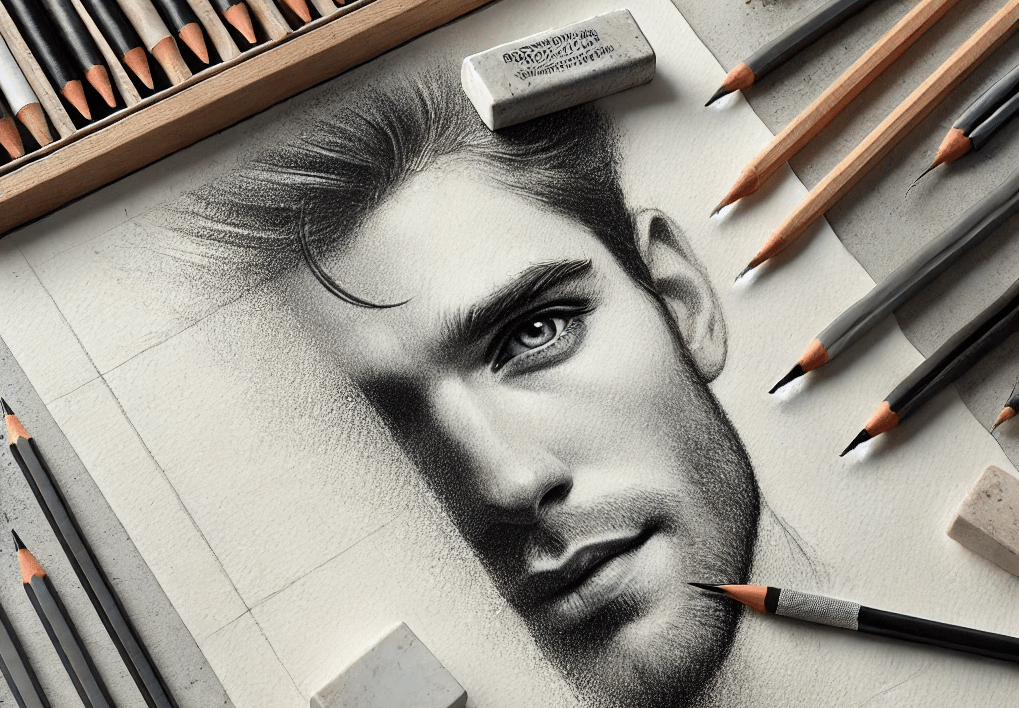This guide will take you through the essential steps to create stunning, realistic pencil sketches while offering tips and techniques to help you refine your skills about pecil sketch art.
Tag: Light and Shadow
Top Sketching Techniques for Artists: Learn with Sketca’s Expert Guides
In this article, we’ll explore the top sketching techniques, their applications, and how to incorporate them into your art practice. Whether you’re a beginner or an experienced artist, these techniques will elevate your sketching game.
